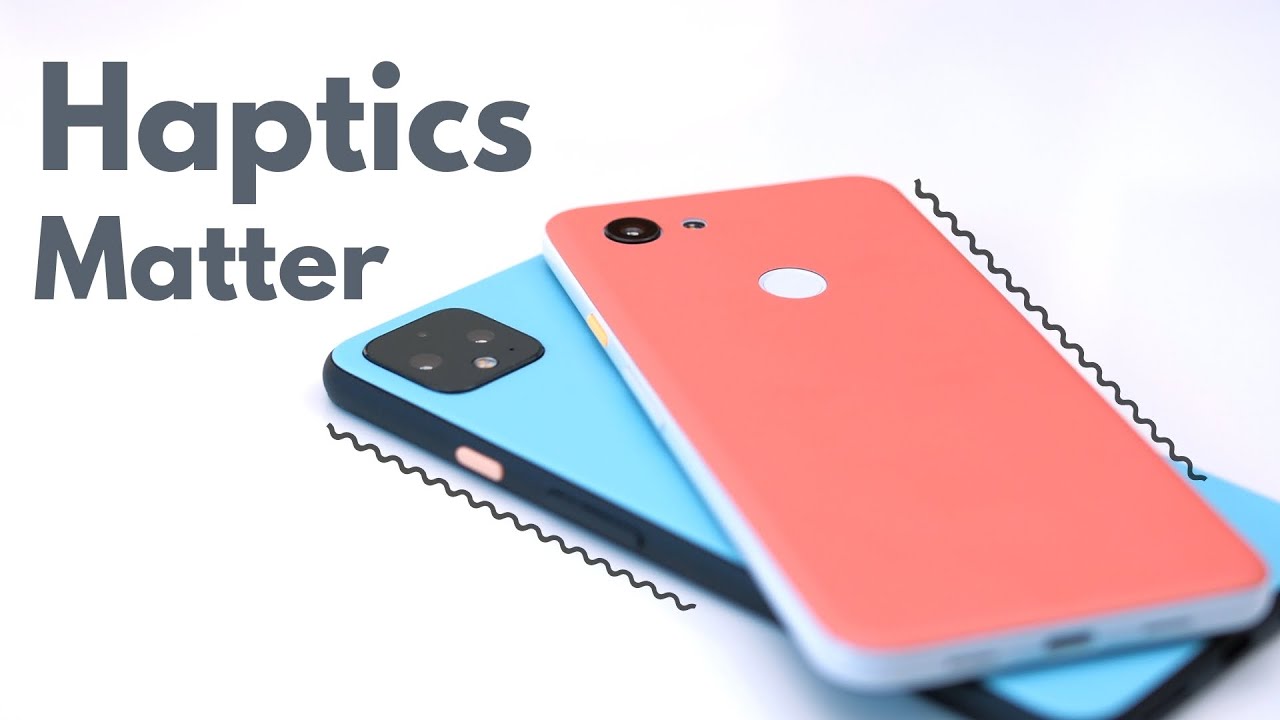
In this short blog post, we will present to you the importance of haptics in your smartphone. Also, we will give you important examples.
Haptics In Your Smartphone
You may not buy the latest smartphone-based on haptic feedback, but you may have noticed it. The quality of the haptic experience provided varies in every respect. There seem to be a dozen phones in the feedback drum, and the buzzing vibration makes you turn off this feature completely. But what does it matter?
More than you think. This not only reflects the quality of the mobile phone but in some cases can also improve the function of the mobile phone. Here are some reasons why you might consider touch as an important feature the next time you want to buy a phone. You have completed tasks such as B. typing or the end of the list, which is actually very useful in practice. They know when to stop scrolling when the “pull to refresh” command is triggered (especially useful for social media) or if the key is lost.
At best, they can even save you the trouble of viewing the screen. The better the touch, the more intuitive the phone. For example, on the iPhone, there will be a slight tick when scrolling in the drop-down menu, making it easier to pause for the exact item you need. The tactile feel is the same as the high refresh rate display, which can improve the response speed: it reduces the time you spend looking at the phone.
This interoperability is even critical for accessibility. If you are visually impaired, tactile vibration may be the best way to confirm this. Press the key or browse the user interface. When audiovisual signals are unavailable, both Apple and Google believe that physical feedback is essential to help. These vibrations will remind you of calls or error messages that you might have missed. For some people, a good touch may be essential.
They make your experience more enjoyable. There is also a simple reason that is difficult to quantify to improve haptic feedback: it makes your phone more interesting. To a certain extent, tactile feedback is created to make the interaction effect more vivid than when touching the dead glass. Shouldn’t it be as difficult as possible?
A good haptic system, whether it is the touch engine in the iPhone or the engine in the Huawei Mate 40 Pro, can ensure a richer experience. Your phone is more likely to be responding to you or even booting. Exaggeratedly speaking, it makes your phone come alive, but a good touch can turn it into more than just a piece of glass and metal. I dare say that the technology is consistent and interesting. You can scroll through the list or write a long message to feel those subtle touches. In addition, it can make a huge difference in mobile games. As mentioned at the beginning, haptic feedback can impair your perception of the device. Subtle and accurate feedback can improve the perceived quality of the phone, even if it is not an expensive model.
The buzzing and buzzing system can make even the most expensive mobile phones cheaper. Ultimately, it reflects the attention to detail. If a company is careful enough to make the phone’s tactile feedback pleasing, then they may also pay attention to the rest of the hardware. Therefore, we should encourage our preferred mobile phone brands to make more efforts.
Learn more about haptic feedback. This not only improves the quality of the phone but also encourages companies to consider the design as a whole. Even if you don’t particularly like the touch, you can get a better device, which allows you to appreciate technology without it.
Join The Discussion: